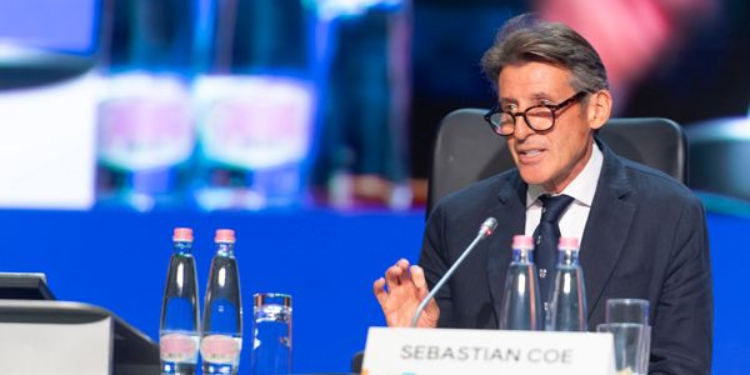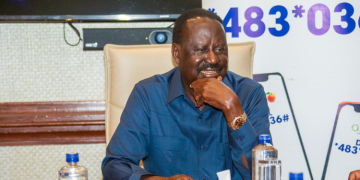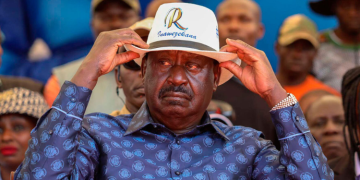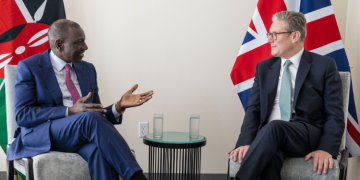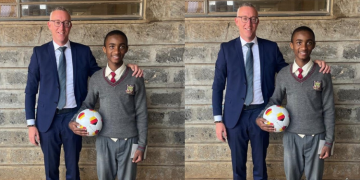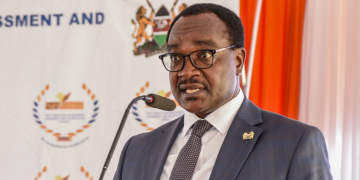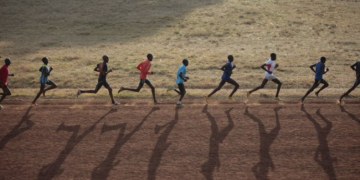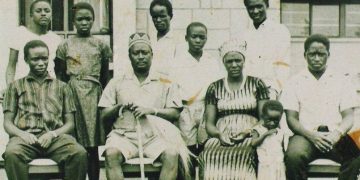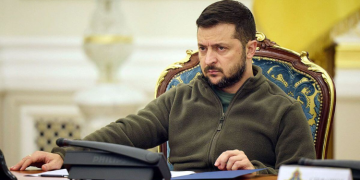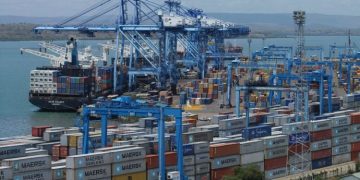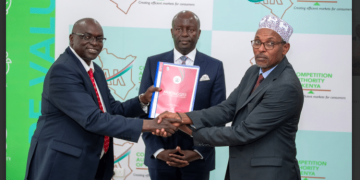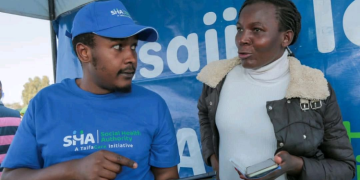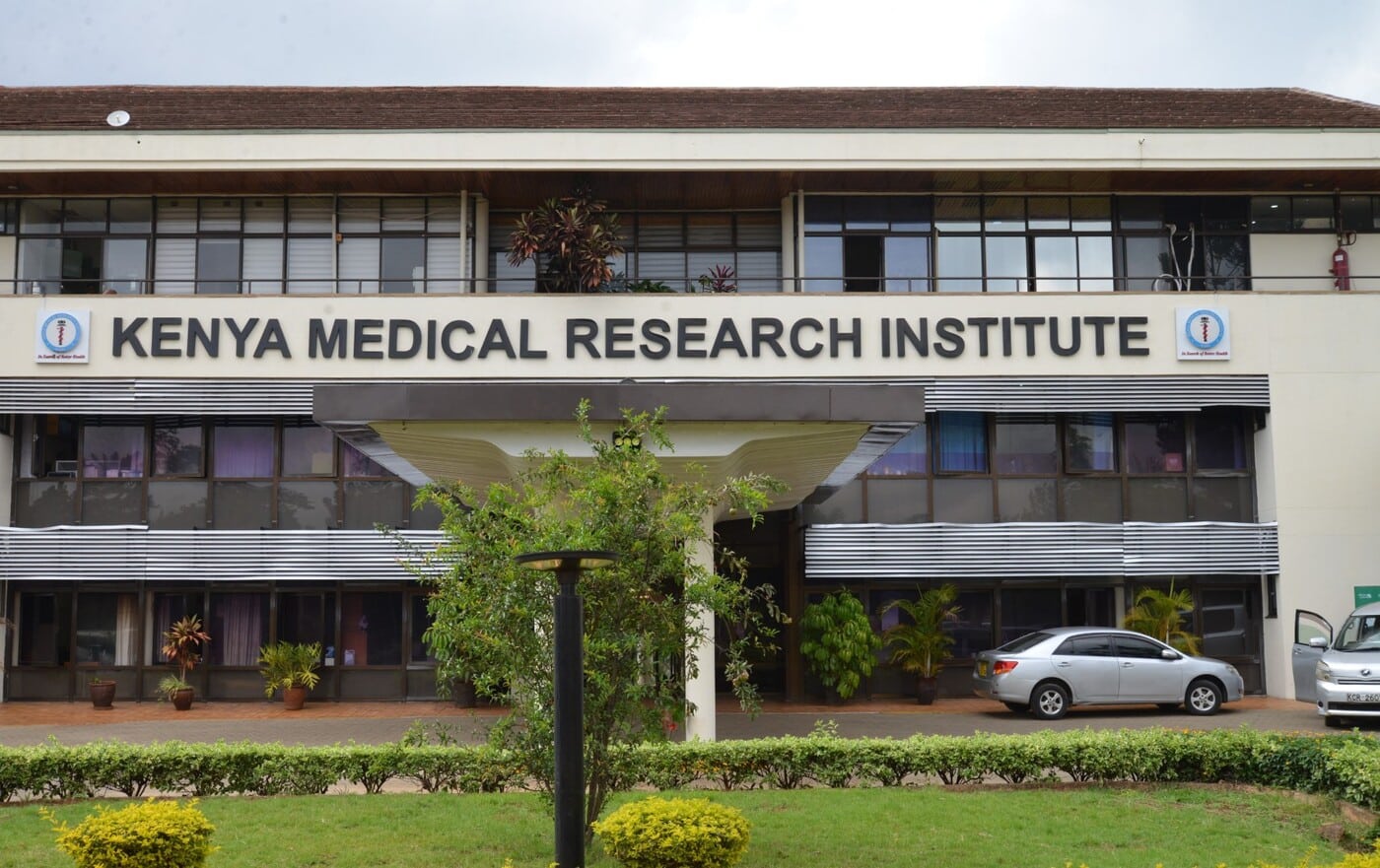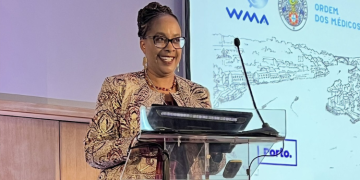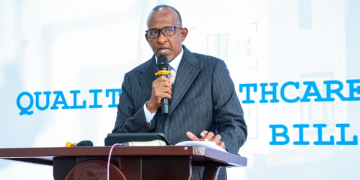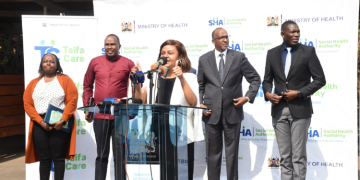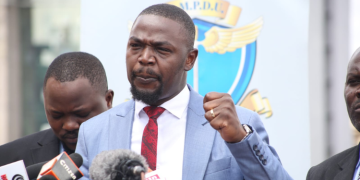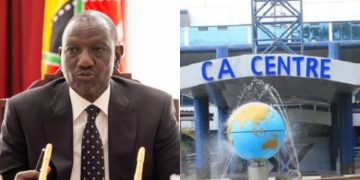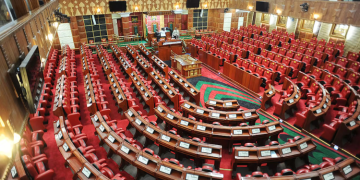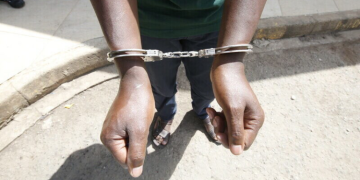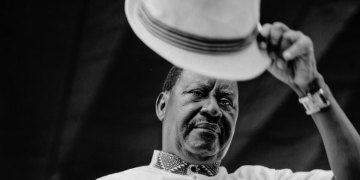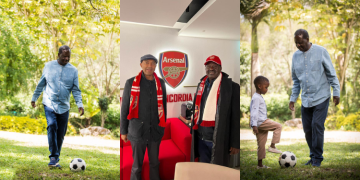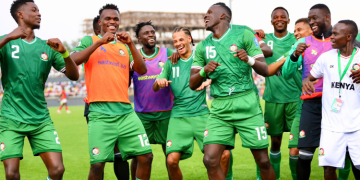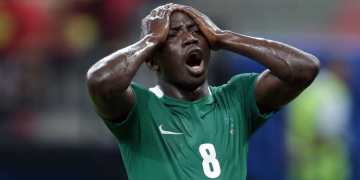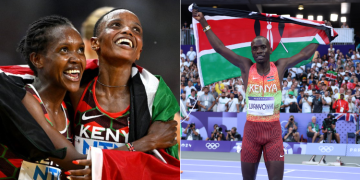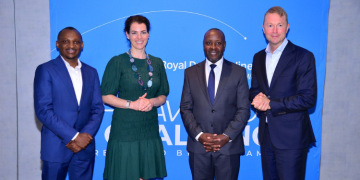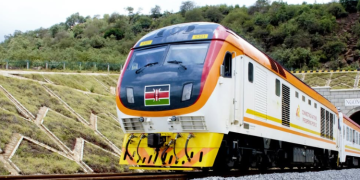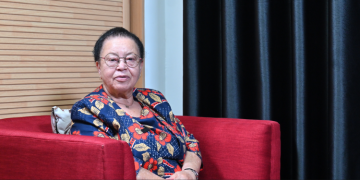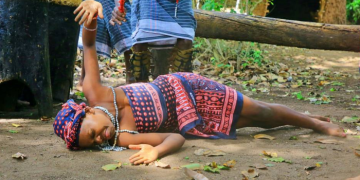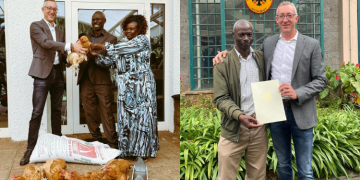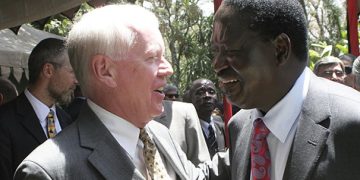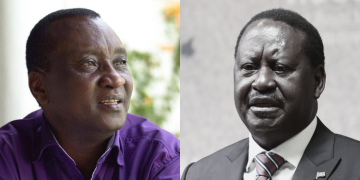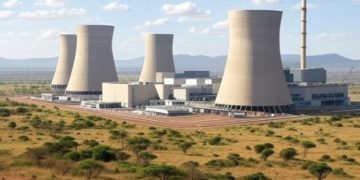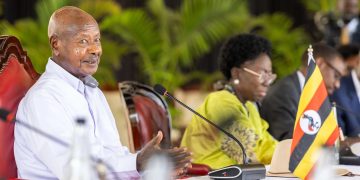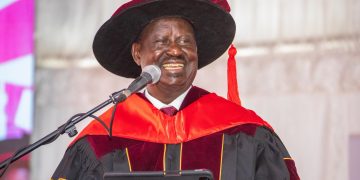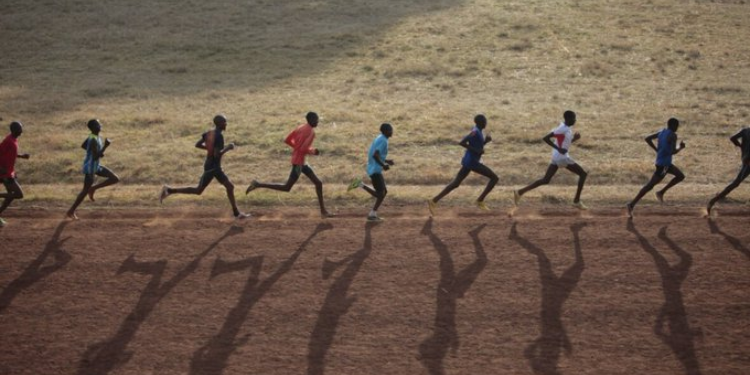The Russian Embassy in Kenya has announced that the country is planning to send a group of athletes to Kenya for high-altitude training in 2026. The move, coordinated by the Russian Athletics Federation, will see both professional and amateur athletes benefit from Kenya’s renowned training environment.
In a statement issued on October 16, the embassy said that 15 Russian athletes—both elite and amateur—are scheduled to travel to Kenya for joint training sessions with international partners.
The embassy further indicated that a high-altitude camp at approximately 2,400 metres above sea level had been selected for the program.
“A high-altitude camp (2,400m) has been chosen where world-class athletes prepare,” the statement read. “Fifteen Russian professionals and amateurs will join training sessions with international partners.”
High-altitude training has long been recognized as beneficial for boosting performance in middle- and long-distance running. Scientific research shows that exposure to lower oxygen levels at high altitude stimulates the production of red blood cells, which enhances endurance and aerobic performance.
As a result, the Kenyan highlands—particularly the Rift Valley region—have become a global hub for athletic training. There are currently more than 30 high-altitude training centres across the country, with a large concentration in North Rift towns such as Eldoret and Iten.
High altitude training areas in Kenya
One of the key destinations frequented by professional athletes is Iten, a town perched along the Elgeyo escarpment in Elgeyo Marakwet County. Located at an altitude of approximately 2,400 metres (7,900 feet) above sea level, Iten has become synonymous with elite distance running.
Also Read: How Kenyans Can Apply to Study in the US as Athletes on Fully Funded Scholarships
The Iten High Altitude Training Centre (HATC), founded by world champion Lornah Kiplagat, offers world-class facilities and has hosted athletes from across the globe. The centre caters to runners of all levels, from recreational enthusiasts to Olympic medalists.
It is equipped with a fully equipped gym with cardio machines, weights, and recovery saunas, a 25-meter swimming pool for aqua training and recovery, professional physiotherapy, and sports massage services. The centre also has the only all-weather tartan track outside Nairobi.
The HATC remains open year-round and continues to attract top athletes from Europe, Asia, and the Americas.
Russia’s ban from global athletics
The announcement of the training program comes amid continued uncertainty over Russia’s standing in global athletics. The All-Russian Athletics Federation (RAF), which is coordinating the 2026 trip, has been suspended from World Athletics since 2015 due to widespread doping violations.
Also Read: Kipyegon, Chebet and Wanyonyi Nominated for World Athletics Awards; How to Vote
Although select Russian athletes were previously allowed to compete as Authorized Neutral Athletes (ANA), that status has also been suspended since 2022 following Russia’s invasion of Ukraine. World Athletics maintains that Russian athletes, support personnel, and officials remain barred from all international events until further notice.
Speaking in September 2025, World Athletics President Sebastian Coe reiterated that the suspension remains in place.
“It’s pretty obvious that we want a full contingent,” Coe said when asked if there were any changes to the Russia policy. “We need a settled position. We need a peaceful agreement before we can move off that landscape.”
Coe added that although many Olympic sports had allowed Russian athletes to compete as neutrals—such as in the 2024 Paris Olympics—track and field has taken a firmer stance due to the seriousness of past doping infractions and the current geopolitical context.
Russian athletes have been largely absent from major international track events for nearly a decade, dating back to the fallout from the Sochi 2014 Winter Olympics doping scandal.
Follow our WhatsApp Channel and X Account for real-time news updates.
